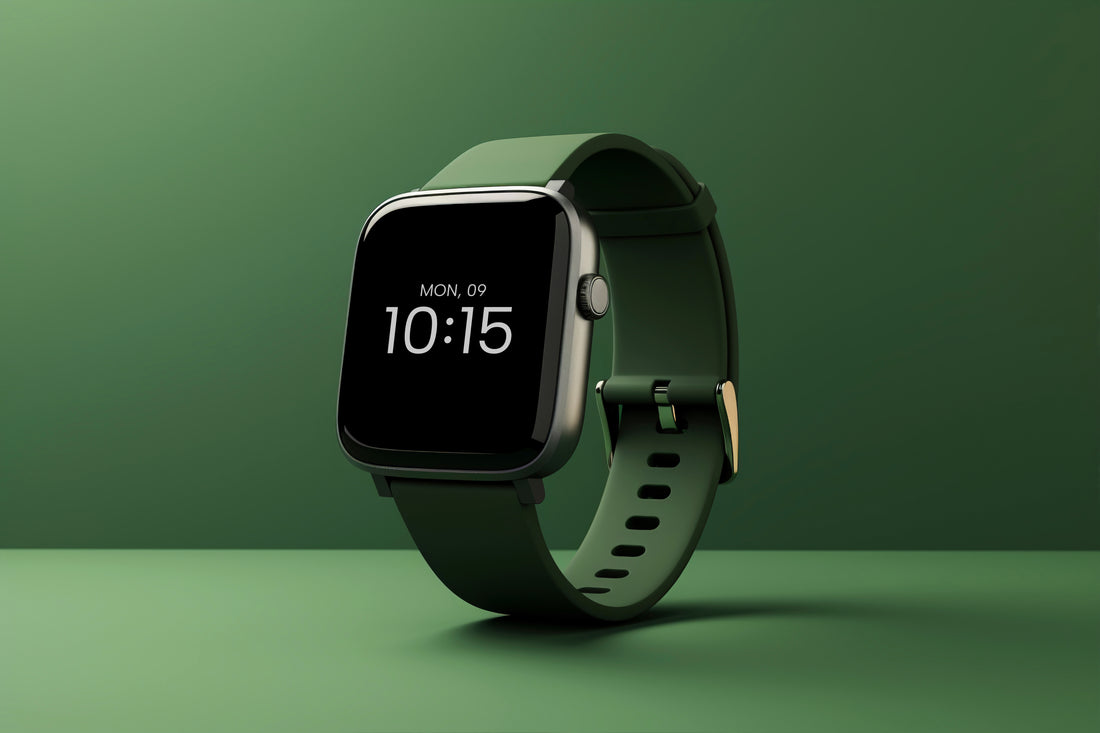The launch of the Apple Watch in 2015 marked a significant milestone in the realm of wearable technology. Apple, already a dominant player in the tech industry with its innovative products like the iPhone and iPad, ventured into the smartwatch market with the same ambition and vision that characterized its previous endeavors. The Apple Watch was not merely another tech gadget; it was a revolutionary device that redefined how we interact with technology, our health, and our daily lives.
The Vision Behind the Apple Watch
The concept of the Apple Watch can be traced back to Apple’s broader vision of creating seamless, integrated technology that enhances users’ lives. The project was initiated under the leadership of Apple’s then-CEO Tim Cook, with Jony Ive, Apple’s Chief Design Officer, playing a pivotal role in its development. The aim was to create a device that would complement the iPhone, providing users with convenient access to important information and functionalities without having to reach for their phones.
Apple's entry into the wearable market was driven by a desire to make technology more personal and accessible. The Apple Watch was envisioned as a device that would sit at the intersection of fashion, technology, and health. Apple sought to create a smartwatch that was not only functional but also stylish and customizable to suit individual tastes.
Development and Challenges
The development of the Apple Watch was a complex and ambitious undertaking. The team faced numerous challenges, from designing a user-friendly interface for a small screen to ensuring that the device had adequate battery life and robust health-tracking features. Apple also had to develop a new operating system, watchOS, specifically tailored for the smartwatch.
One of the key challenges was designing a device that was both technologically advanced and aesthetically appealing. Apple collaborated with top designers and fashion experts to create a range of watch bands and styles, ensuring that the Apple Watch could be personalized to reflect users’ individual preferences. This focus on design was critical to the watch’s appeal, as it needed to be a device that people would be proud to wear every day.
The Historic Unveiling
On September 9, 2014, Apple unveiled the Apple Watch to the world during a special event in Cupertino, California. Tim Cook introduced the watch as the next chapter in Apple’s story, highlighting its innovative features and potential to transform the way we live. The presentation showcased the watch’s sleek design, customizable faces, and a wide range of bands, emphasizing its role as both a functional device and a fashion accessory.
The Apple Watch was positioned as a versatile tool that could help users stay connected, monitor their health, and enhance their productivity. Its features included notifications, fitness tracking, heart rate monitoring, and the ability to make calls and send messages directly from the wrist. The watch also introduced a new way of interacting with technology through the Digital Crown, a unique navigation tool that allowed users to scroll, zoom, and navigate the interface easily.
Launch and Initial Reception
The Apple Watch officially went on sale on April 24, 2015. It was available in three collections: Apple Watch Sport, Apple Watch, and Apple Watch Edition, each offering different materials and price points. This approach allowed Apple to target a wide range of consumers, from fitness enthusiasts to luxury watch collectors.
The initial reception of the Apple Watch was mixed. While many praised its design and potential, others were skeptical about its necessity and functionality. Critics questioned whether there was a real market for smartwatches and whether the Apple Watch offered enough unique features to justify its price.
Despite these reservations, the Apple Watch quickly gained traction. Early adopters appreciated its seamless integration with the iPhone, its fitness tracking capabilities, and the convenience of having important information accessible on their wrists. Over time, software updates and new features addressed many of the initial criticisms, improving the watch’s performance and expanding its functionality.
Transforming Health and Fitness
One of the most significant impacts of the Apple Watch has been in the field of health and fitness. From the beginning, Apple positioned the watch as a powerful tool for health monitoring and fitness tracking. It included features like the Activity Rings, which encouraged users to move, exercise, and stand throughout the day, and the Workout app, which tracked various physical activities.
The Apple Watch’s heart rate monitor was another groundbreaking feature. It allowed users to track their heart rate throughout the day and during workouts, providing valuable insights into their cardiovascular health. In subsequent iterations, Apple introduced even more advanced health features, such as the ability to take an electrocardiogram (ECG) and detect irregular heart rhythms.
The watch’s health capabilities have had a profound impact on users’ lives. There are numerous stories of individuals who discovered serious health conditions, such as atrial fibrillation, through the Apple Watch’s monitoring features. These real-world examples highlight the potential of wearable technology to improve health outcomes and even save lives.
Beyond Health: The Evolution of the Apple Watch
Since its launch, the Apple Watch has continued to evolve and expand its capabilities. Each new generation has brought enhancements in performance, design, and features. Apple has introduced GPS tracking, water resistance, cellular connectivity, and a wide range of apps that extend the watch’s functionality.
The Apple Watch has also become an essential tool for communication and productivity. Features like Siri, Apple Pay, and the ability to receive notifications and respond to messages directly from the wrist have made it an integral part of users’ daily routines. The introduction of watchOS updates has continually improved the user experience, adding new functionalities and making the watch more versatile.
The Cultural Impact
The cultural impact of the Apple Watch extends beyond its technological advancements. It has become a symbol of modernity and innovation, representing the convergence of fashion and technology. Celebrities, athletes, and influencers have been spotted wearing the Apple Watch, further cementing its status as a desirable accessory.
Apple’s emphasis on personalization has also contributed to the watch’s cultural significance. With a wide range of bands, watch faces, and customization options, users can tailor the Apple Watch to their individual style. This focus on personalization has helped the watch appeal to a diverse audience, from tech enthusiasts to fashion-forward consumers.
Conclusion
The birth of the Apple Watch marked a pivotal moment in the evolution of wearable technology. With its innovative design, advanced health features, and seamless integration with the Apple ecosystem, the Apple Watch has redefined what a smartwatch can be. It has transformed the way we monitor our health, stay connected, and interact with technology, leaving an indelible mark on the tech industry and our daily lives.
As the Apple Watch continues to evolve, it remains a testament to Apple’s commitment to innovation and excellence. Its journey from concept to cultural icon is a remarkable story of vision, creativity, and the relentless pursuit of perfection. The Apple Watch is not just a device; it is a revolution on the wrist, shaping the future of wearable technology and how we live our lives.




























